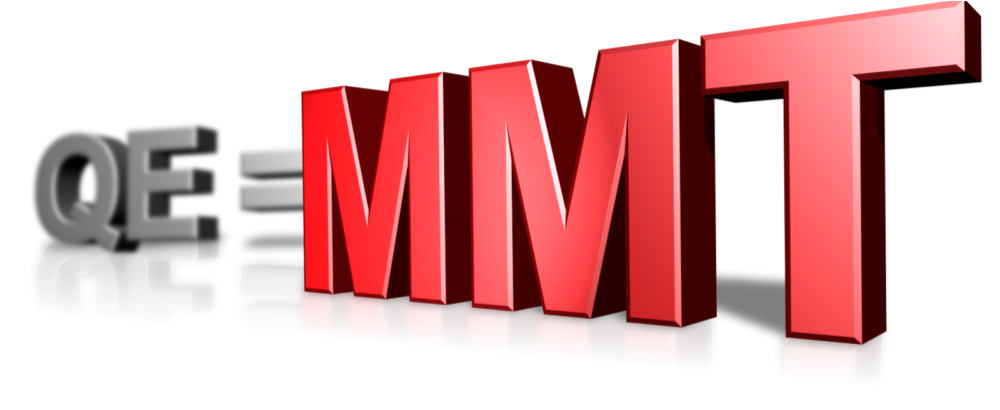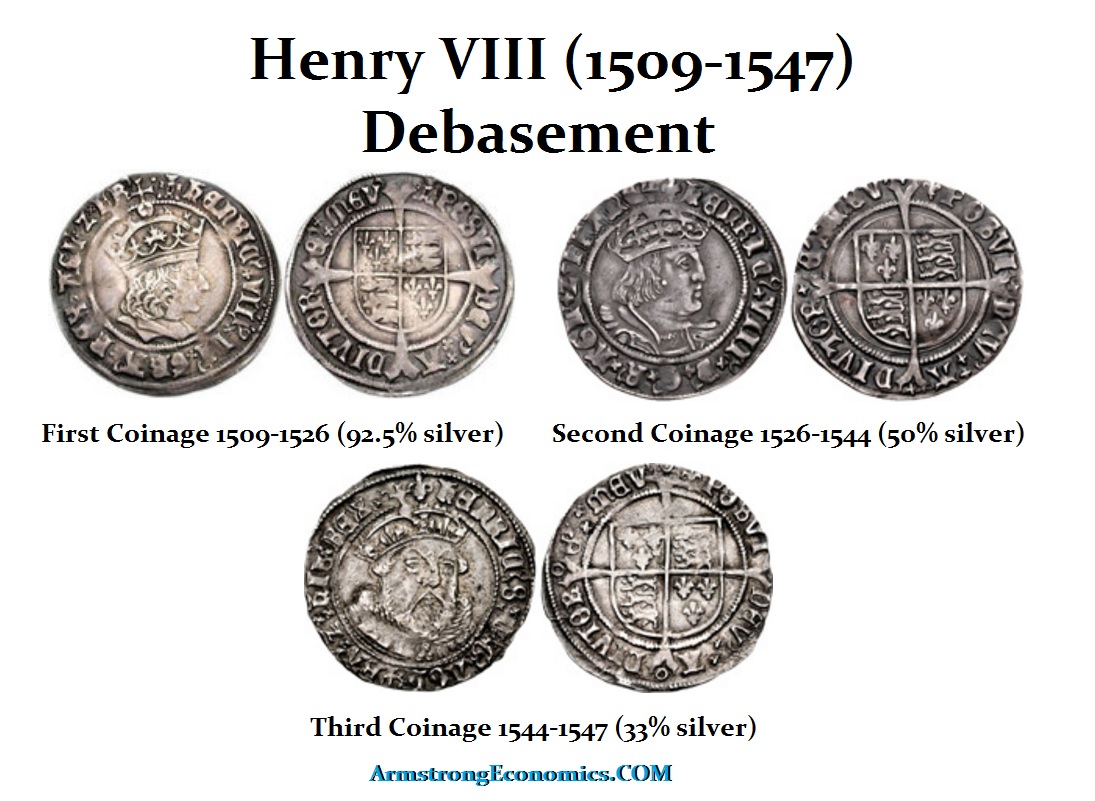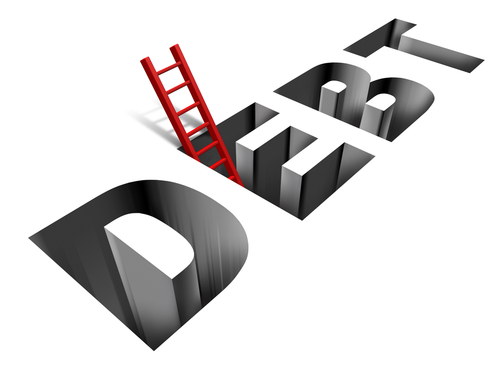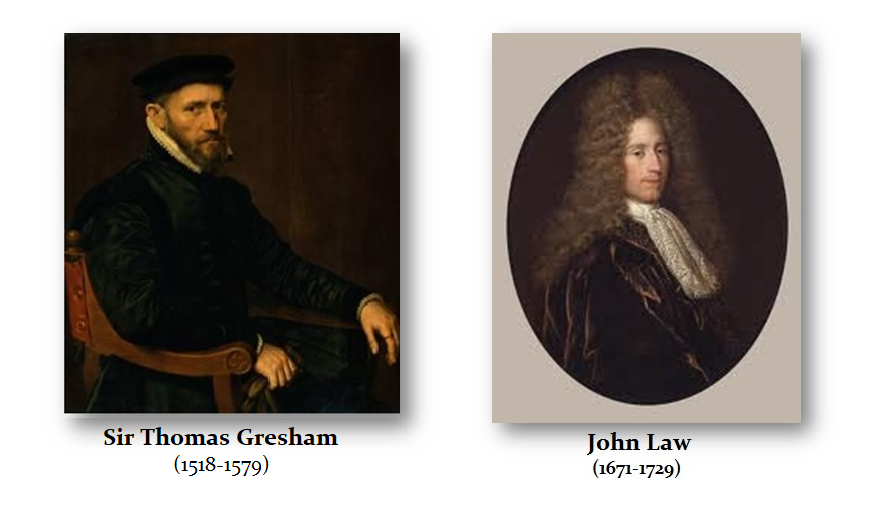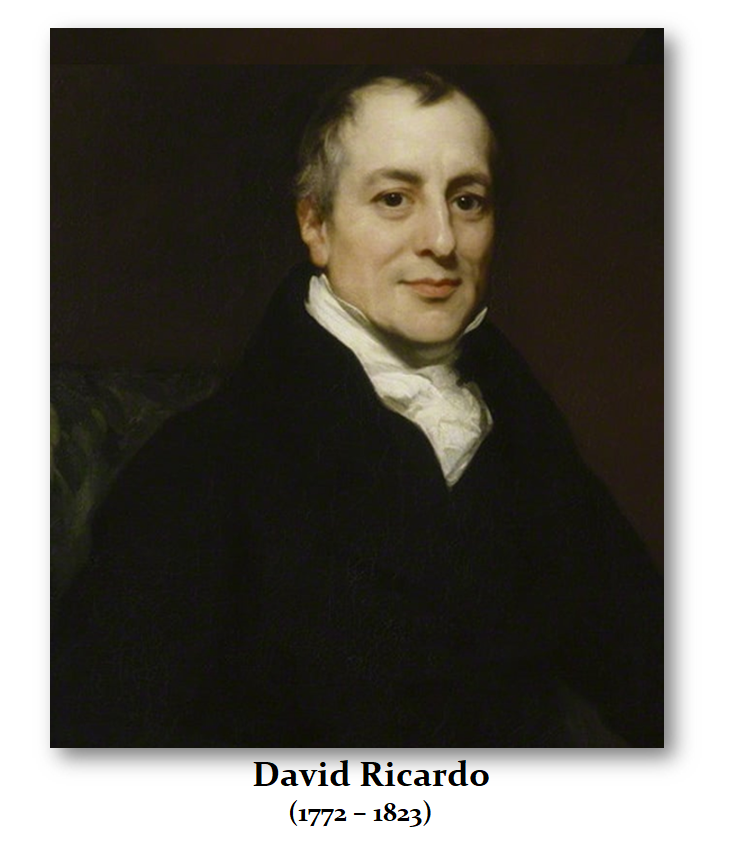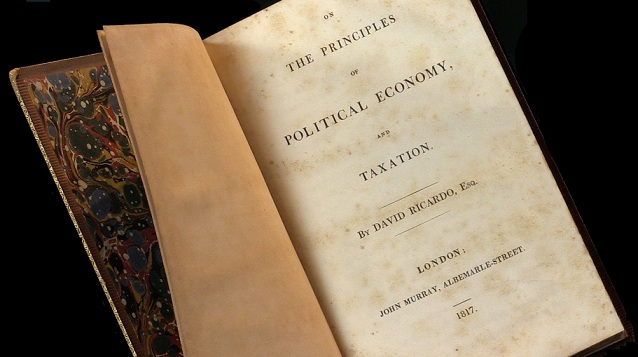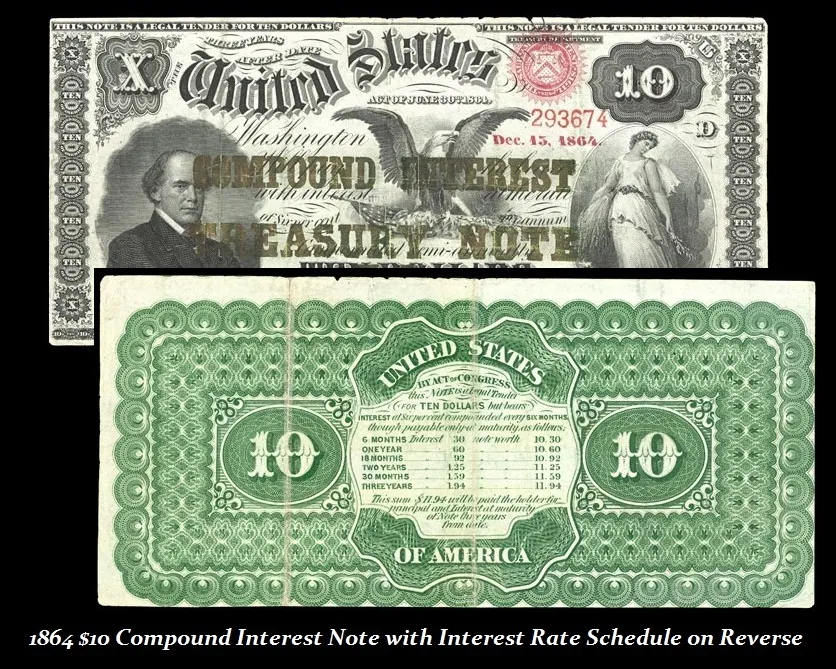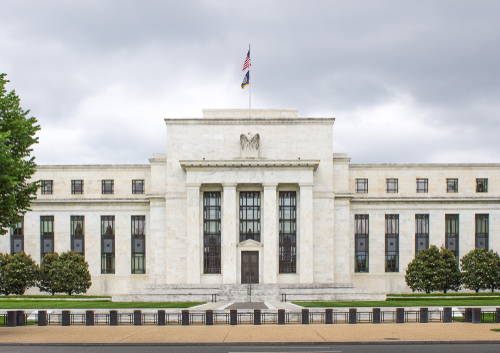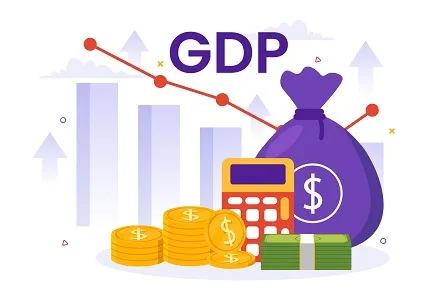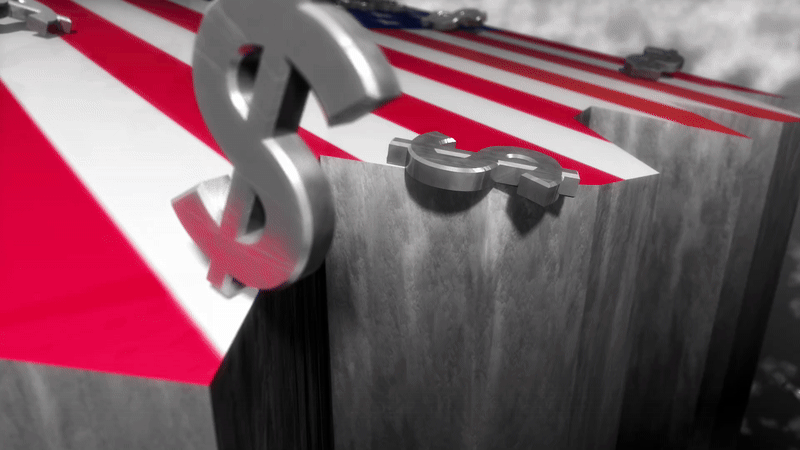There has been so much disinformation and sensationalizing of Quantitative Easing that this has led to academic economists who lack any trading experience to propose Modern Monetary Theory for its seems nobody actually comprehends what the hell is really going on. Much of the problem stems from this ancient theory that if you increase the quantity of money, then inflation will follow. This all predates massive government debt.
Much of this Quantity Theory of Money has its origins in Sir Thomas Gresham (1518-1579), who represented the English Crown on the Amsterdam exchange. People would not lend money to England because Henry VIII was debasing the currency to be able to repay his loans. He confiscated the Catholic Church and started the Church of England all because he was broke and confiscated wealth from the Catholic Church in England. Gresham became an adviser to Henry VIII’s successor – Elizabeth I. Thus, Gresham’s Law became bad money drives out good money, or the undebased currency.
These theories, which even gave rise to Austrian Economics, were all pre-collateralized debt of governments. There was no such market for posting sovereign debt as collateral to borrow or trade in markets. The economic models all changed, but academics have never understood traders. Lacking that experience, you will never see the actual trends.
Where Gresham observes from trading that debasing the money caused higher quality money to be hoarded when the foreign exchange value between currencies was ENTIRELY based upon the metal content, John Law (1671-1729) was also a trader on the same floor of the Amsterdam Bourse. He observed what has become the theory of Supply and Demand. It took two traders to witness how the market moved to develop these ideas. Both men were self-taught since the field of Economics did not begin until 1902. Not even John Maynard Keynes nor Adam Smith held decrees in economics.
The other self-taught economist who was also a trader was none other than David Ricardo. At the tender age of just fourteen, David entered his father’s business, but in 1793, he set up his own operation and made a fortune as a trader on the London Stock Exchange. Ricardo’s most important work was Principles of Political Economy and Taxation (1817). This book deals with all the controversial questions of political economy at the time: value theory, economic growth, rent, etc.
His other works include The High Price of Bullion (1810), which was the origin of understanding deflation; David’s Essay on the Influence of a Low Price of Corn on the Profits of Stock (1815); Proposals for an Economical and Secure Currency (1816); and the Plan for a National Bank (1824).
Ricardo is most famous for his ‘Theory of Comparative Advantage’ and ‘Rent’, which effectively argued that, for example, Saudi Arabia could grow lettuce in a desert with tones of water that might cost $10 to grow when it can buy it for 50 cents elsewhere. Thus, a nation should exploit what it possesses with a Comparative Advantage rather than squander its resources and restrict free trade.
Quantitative Easing (QE) does not increase the Supply of Money—it is only a maturity swap. Today’s total money supply includes debt, unlike during the pre-19th century. This has erroneously given rise to Modern Monetary Theory, for they pointed to QE and said there was no inflation, so we could just print without repercussions. It was merely a swap of maturities when you finally realize that debt is now money that pays interest as paper money began during the Civil War.
When paper money stopped paying interest, the term “Greenback” emerged, meaning there was no interest payment schedule on the reverse, just green ink. Paper money began as essentially debt or bonds that circulated as cash.

